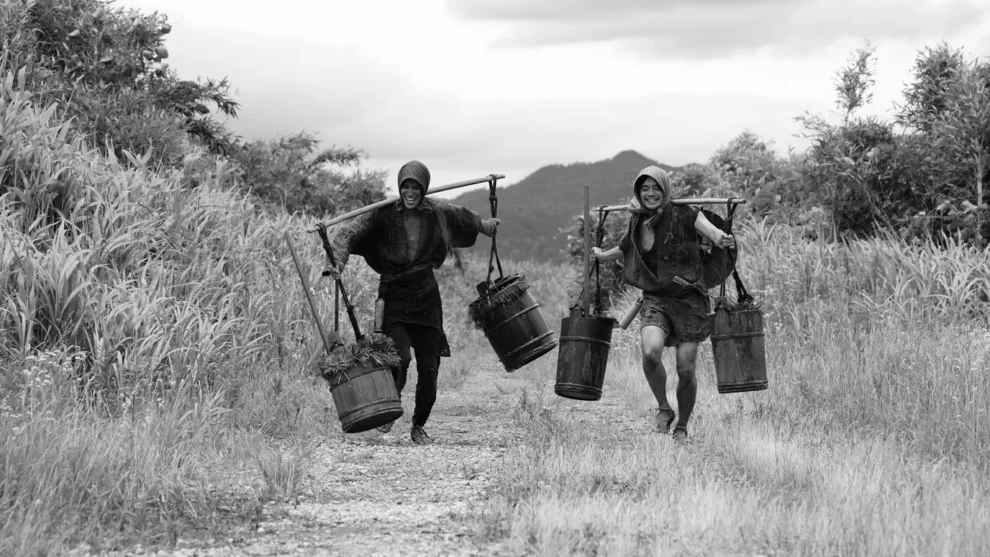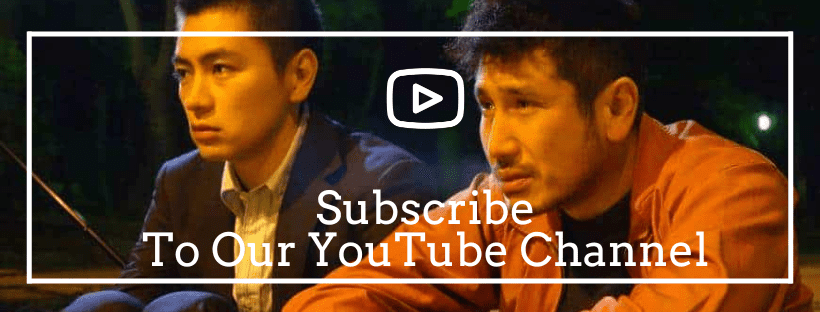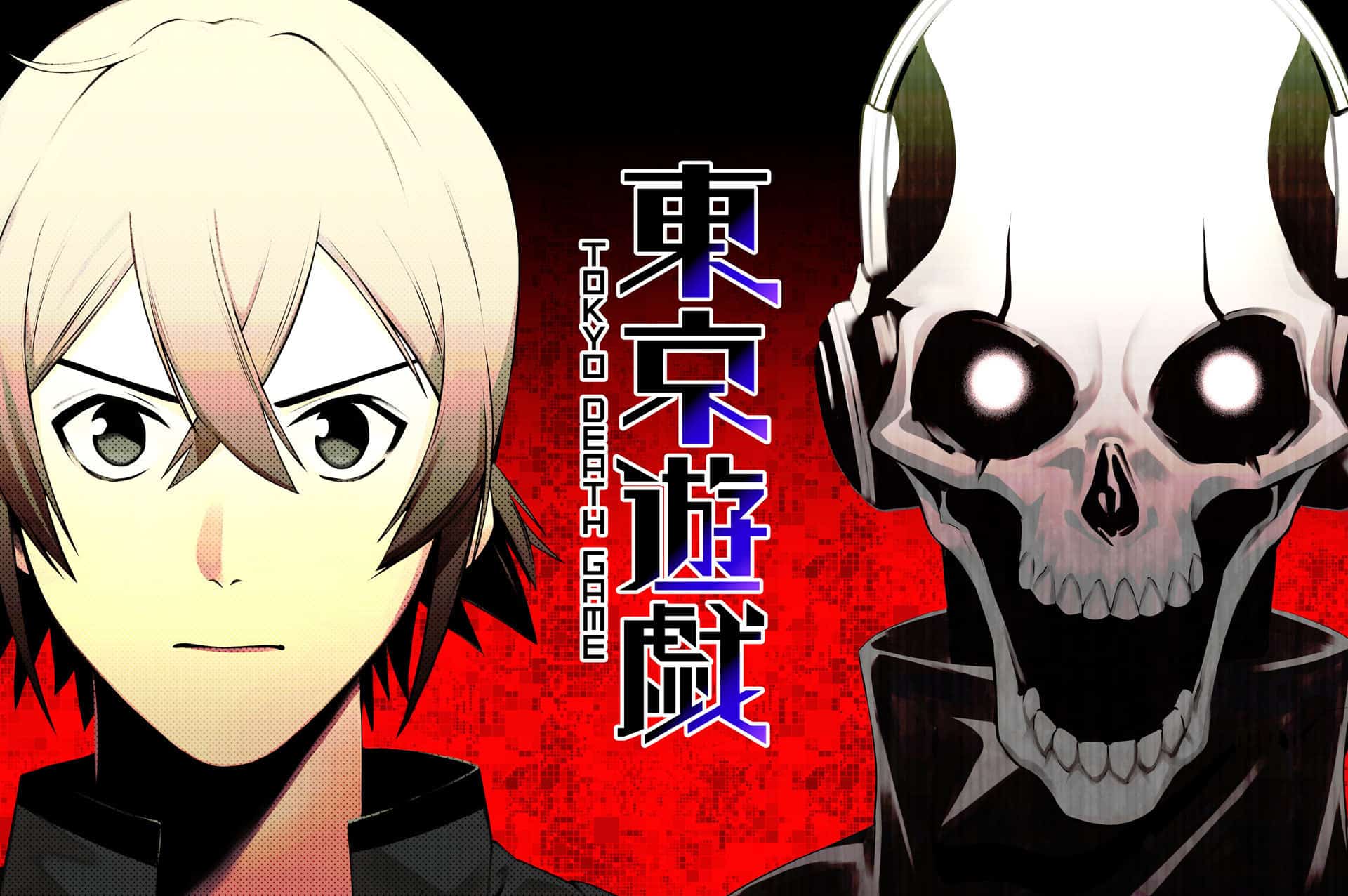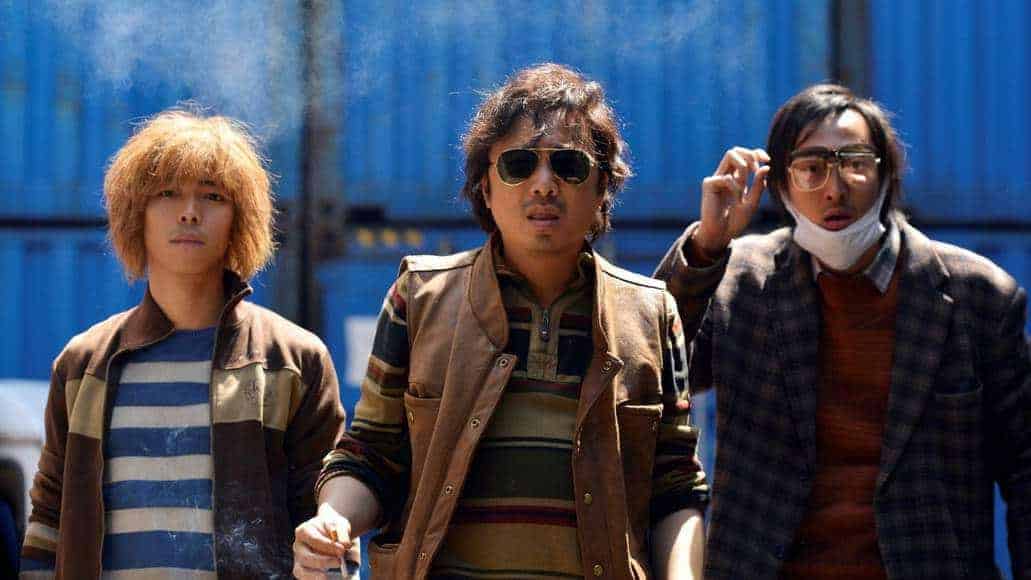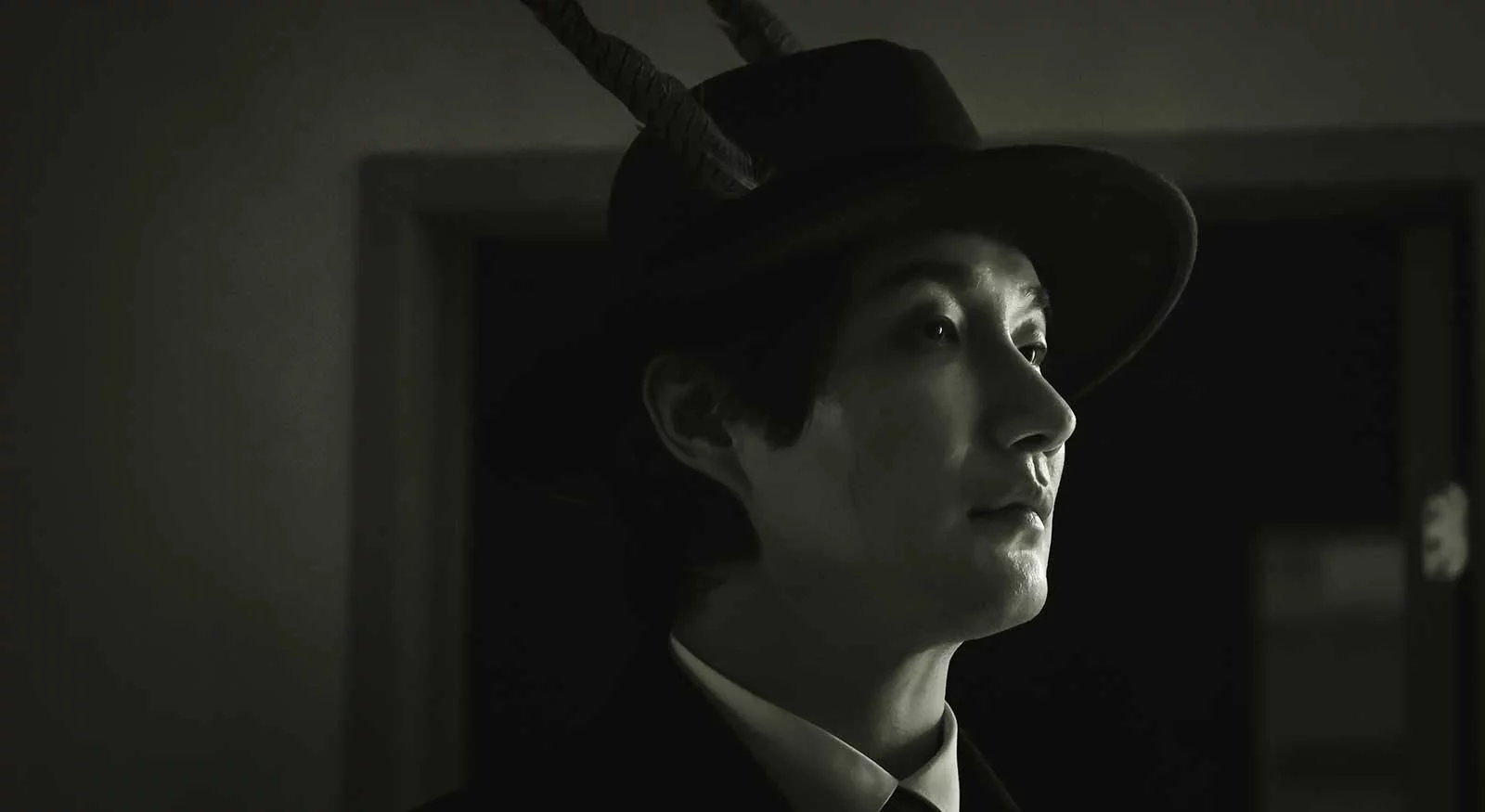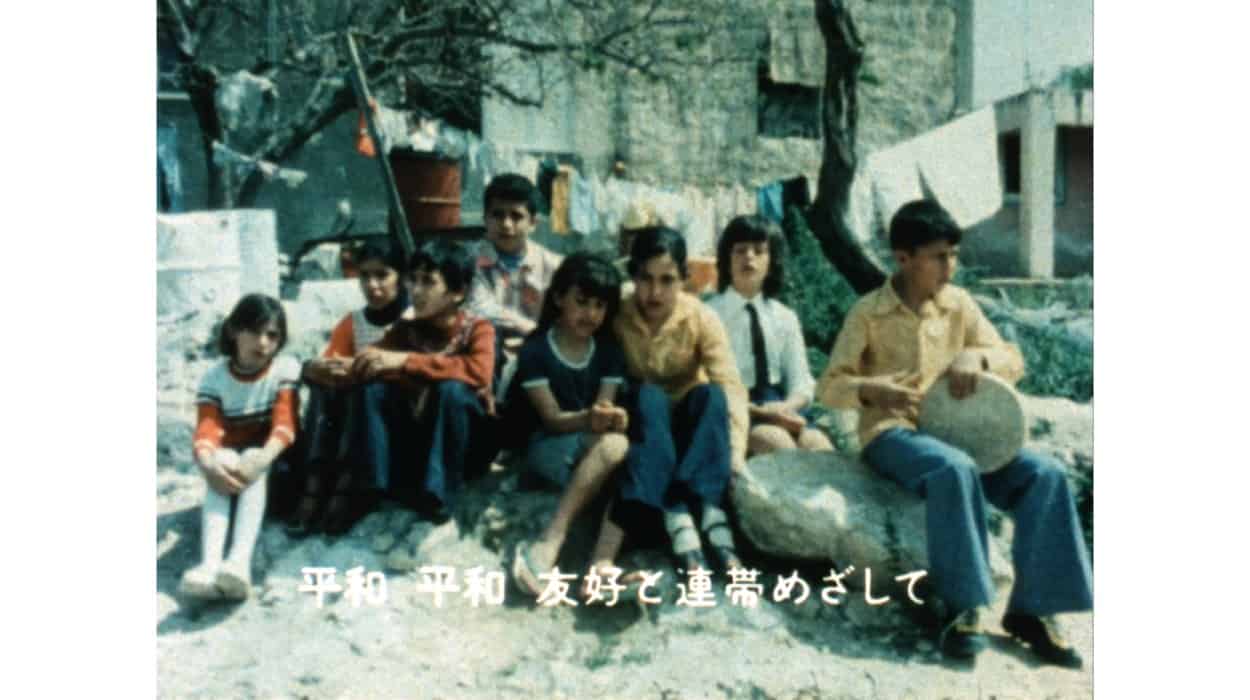Junji Sakamoto's “Okiku and the World” is not just a period drama, but also feels like period filmmaking. Shot in black and white and a 4:3 aspect ratio, this in some ways feels like a homage to the films of yesteryear. But, with modern technology to hand, this looks divine, despite its subject for the most part being that of human faeces.
Yasuke (Sosuke Ikematsu) works among the rowhouses of the Edo era as a collector of human faeces for sale as fertiliser. A dirty job, he is seen as the lowest of the low. He takes on Chuji (Kanichiro Sato) as a helper as they just about make ends meet. Okiku (Haru Kuroki) is the daughter of a samurai who volunteers at a local temple as a calligraphy teacher. Gradually, she takes a shine to Chuji, despite his lowly status, though tragedy soon comes to her life.
Starting with a collection of people taking shelter from the rain, we are drawn to an image of Akira Kurosawa's “Rashomon” , with the rowhouse setting taking us to his “The Lower Depths” (1957). But despite the feel of a more classic era, Sakamoto takes us on a foulmouthed journey through the land of the toilet. This is ninety minutes of toilet humour, Yasuke taking his day job as inspiration for his ambitions to be a storyteller.
This is, therefore, a cheeky comedy where human excrement fills the screen and your ears. But despite the constant slurry, this never feels like a one-dimensional joke gone too far. Despite the crude dialogue, there is much social comment contained within.
Yasuke laments “We eat off of their shit” and “Without us, Edo is a big pile of shit,” showing how they are an essential part of a society without a working sewage system. But their work means that they are accused as thieves to be beaten and treated the same as what they shovel. Okiku and Chuji's love is one society won't allow to blossom, with her a samurai's daughter. Though, as the Edo era comes to an end, the samurai are a dying class, with Okiku and her father similarly shunned by others. There is a purpose, therefore, to all this faecal matter.
But working with cinematographer Norimichi Kasamatsu, Sakamoto has created a film that is sumptuous to look at. The black and white rowhouses create a downtrodden feel, as well as a homage to the jidaigeki heyday. This is also an aesthetic choice to avoid a heavily brown screen, with the slop and rain given real texture.
Broken into chapters, the headings are a little trite and are more just a way to break scenes than the impression of developing a story. In fact, beyond the humour and social comment, there is not a huge amount of plot, with Chuji and Okiku's exchanges towards the end being a little bizarre. This does leave it a little lacking overall, beyond good looks and humour.
The ‘world' of the title is the skies that never end, which the lowly of the slums can only look towards in hope. Those skies are out of reach for “Okiku and the World,” though it does briefly leap up towards them. Beyond the joke, this doesn't see our heroes' lives go the way of the sewer, but nor does it fertilise something greater.


